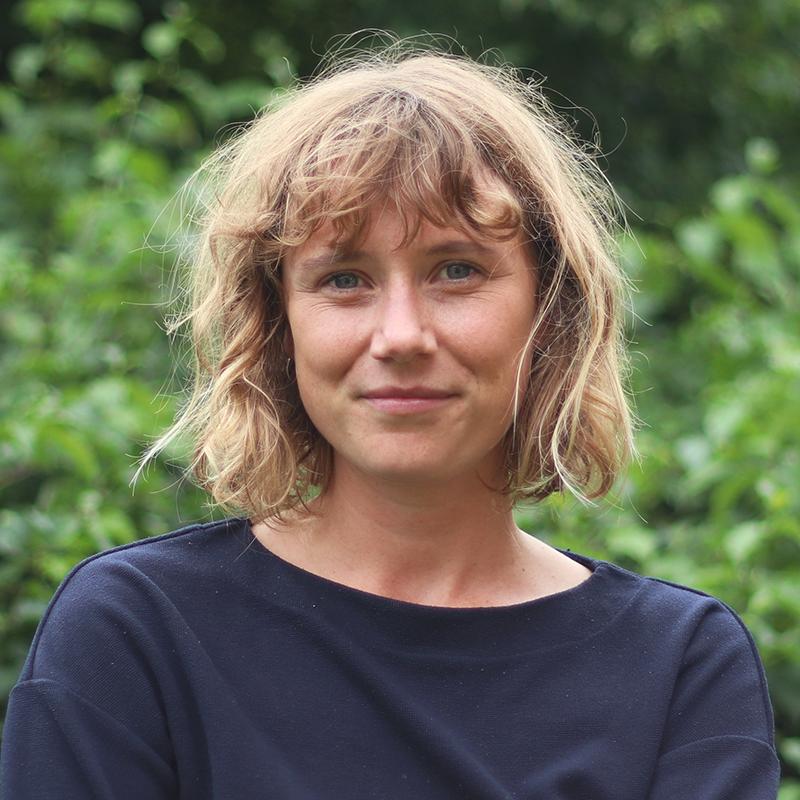The interconnected city: Interconnected communities vital to healthy cities
Tamara Streefland08/12/2021
In the year 2050, the connections within and between our communities represent the beating heart of our cities. Overhauling systems including governance, transit, and employment allowed us to create cities that were welcoming, affordable, and communal places for everyone to live. This article is the second in a series of three where we depict what our future cities and regions look like, and how we relate to them.
The temperature is pleasant as you walk through the inner-city forests that were once roads but now connect neighborhoods. The city looks colorful in the sun. What a significant shift from the dominant grey cityscape to what the city is today: a heterogeneous environment full of life where coincidence is possible and creativity emerges from it.On the way home from work, you feel energized. You have contributed to something meaningful. Your team found a creative solution to transform a large, historic shopping mall with green facades, timber, and reused elements in line with local architecture, all while keeping the main structure intact. You hope the community board will like your proposal. You can’t wait to tell your kids during dinner. As you turn onto your street, you run into the local repair captain. Don’t forget to sign up for welding class!
Looking back from the year 2050, it seems strange that cities were once designed and governed in service of profits instead of the people and communities that lived, worked, and played in them. In the 20th and early 21st century, thanks to increasingly top-down urban planning concerned with private interests, it was almost impossible to operate a city without the investment of corporations through financial models related to the value of land and large operating contracts.
As a result, everyday urban life suffered as we faced overlapping systemic issues. Cities increasingly struggled under the pressures of real estate speculation, mass tourism, urban migration, and the battle for space. The financialization of large cities, driven by large-scale foreign investments and developments, pushed out traditional communities leaving behind impersonal spaces. We experienced the damaging effects of an affordability crisis, an explosion of homelessness, and racialized environmental injustice. Mass tourism, fueled by Airbnb and ridiculously cheap airfare, turned many historic city centers into drinking holes. Some cities felt more like theme parks than places where people live. Healthy urban life had become accessible only to the lucky few, leaving behind monotonous spatial patterns for a homogenous population and many empty houses. Cities could not continue to operate this way.
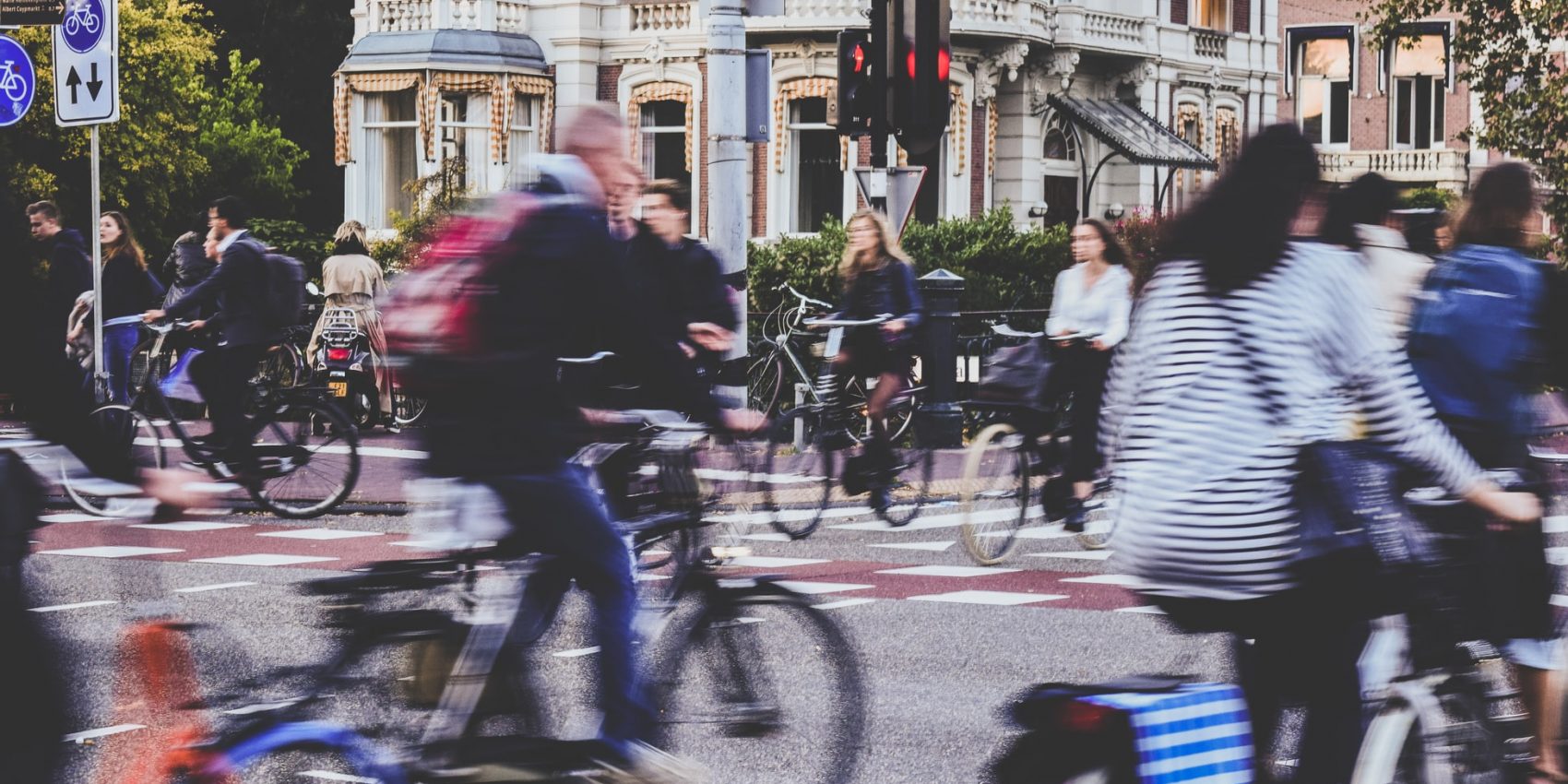
Changes started slowly, as organizations banded together to shift mindsets. Envisioning a future where people could live healthily and happily within a city was one of the first effective steps toward building momentum. At Metabolic, we believe that sharing a tangible vision of a future, one where we care for our planet, and our resources, opens up possibilities for how we can collectively act to make these cities a reality.
Today, in the year 2050, our work has paid off. Our relationships with each other and our ways of living together have transformed. Cities are filled with diverse, healthy, and interconnected communities. Habitats spark creativity, resilience, and interaction. Every person can now afford to live happily in a city no matter their age and demographic or socioeconomic status, so our streets are home to vibrant communities. We began to seriously ask ourselves: Who is the city for? Who should be able to live in the city? Who has a voice in how the city is built and maintained? Although individualism used to be the norm, we now go about our everyday lives more collectively. Working together to provide for our core needs, care for local resources, and cultivate communal spaces, both indoor and outdoor, gives us a sense of place and a safe living environment. Unexpected encounters and communal stewardship lead to new friendships across generations.
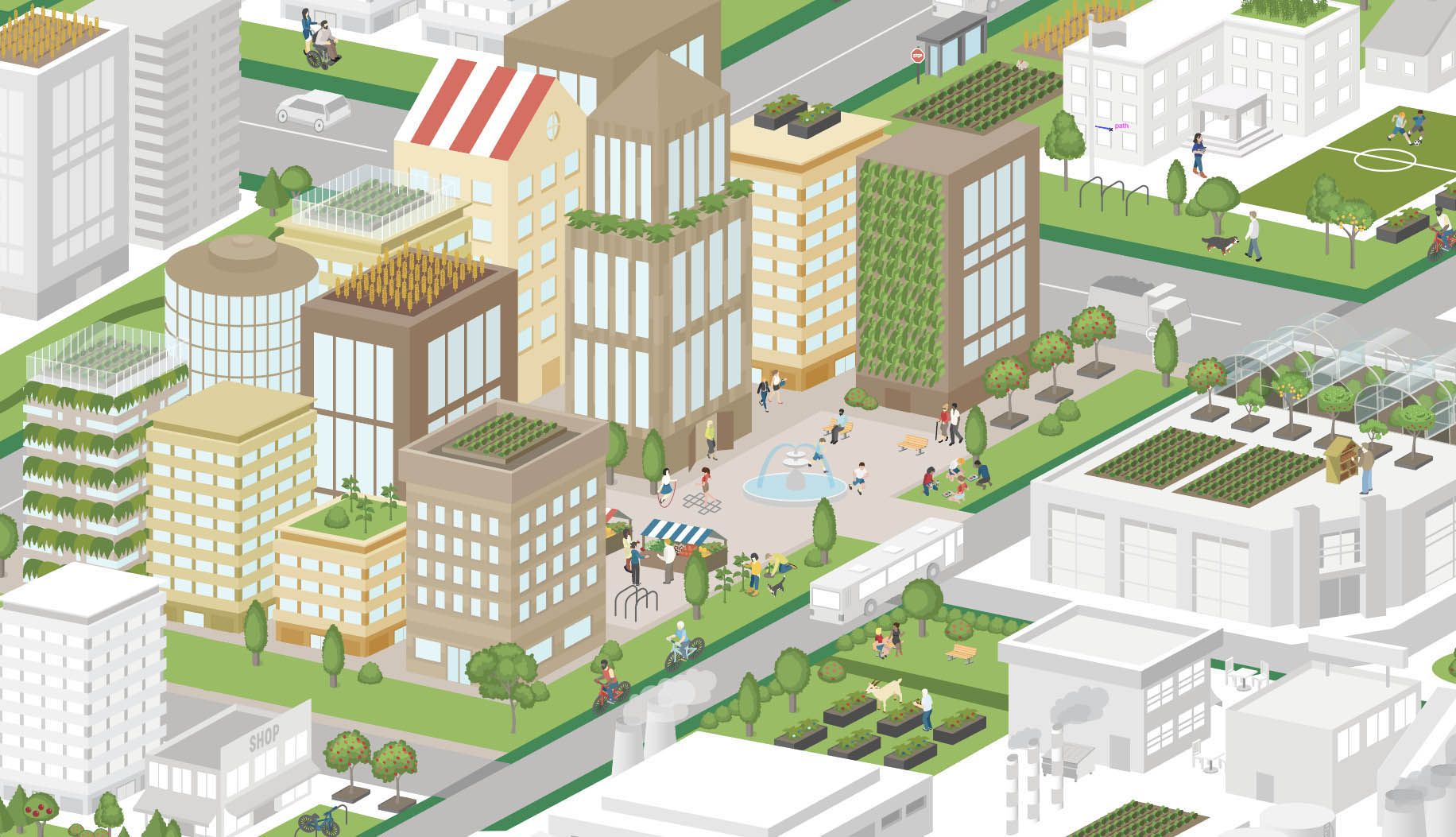
A new approach to urban design
The city government’s role is now to stimulate, enable, give advice, and facilitate communities in creating thriving environments. We make most of our decisions on a community level, for example, through the kinds of participatory budgeting programs that over 40 countries in the early 21st century experimented with. Ultimately, we have given the right to the city back to its residents. Our communities sit in the driver’s seat, with support from developers, architects, the municipality, and natural environment experts. Living labs and community projects taught us new modes of governance and subsistence.
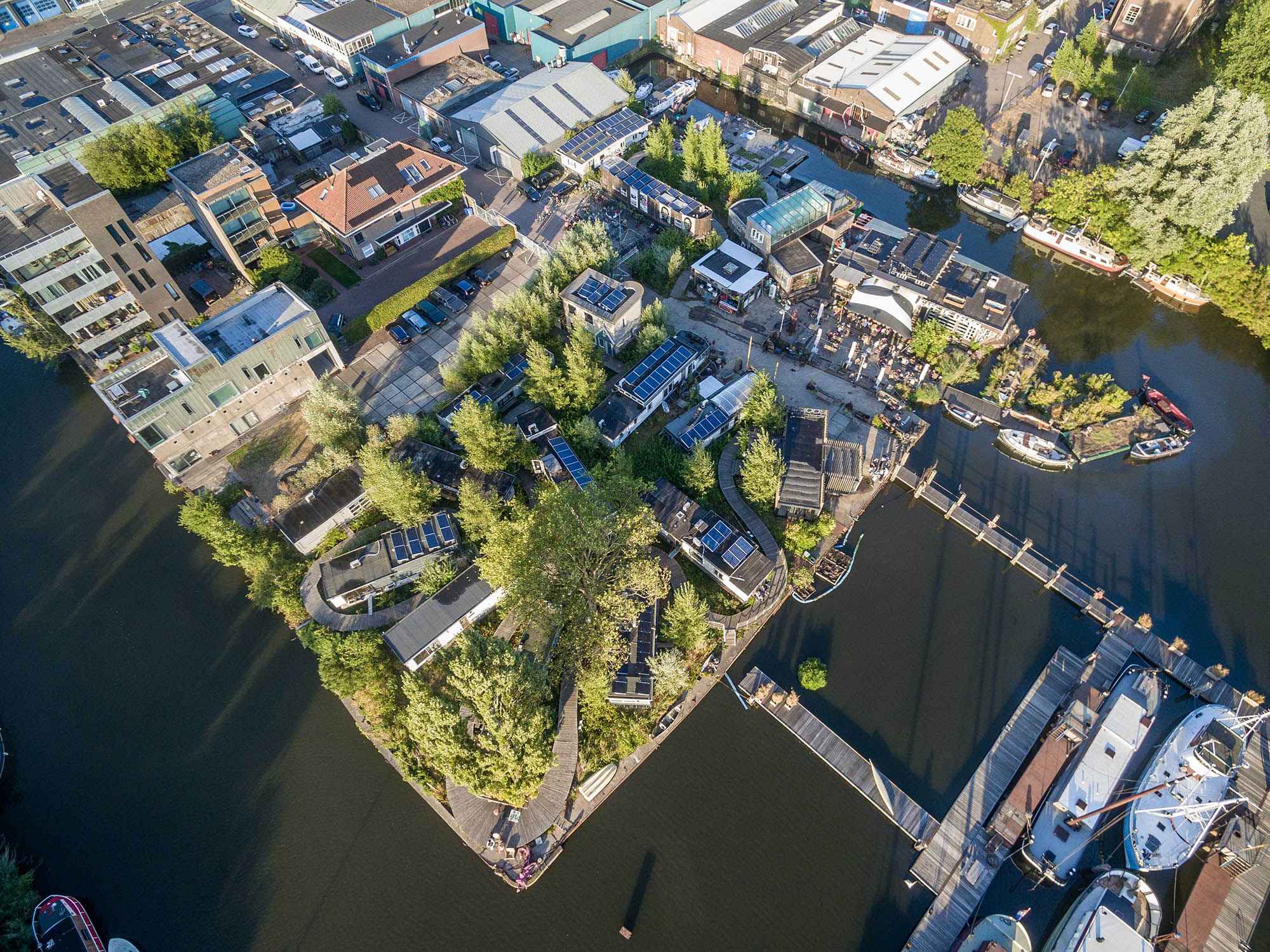
Interconnectedness and social cohesion are stimulated by design. Design tools help community driving groups model different urban scenarios and make decisions that foster community interaction and social and environmental resilience. These include building typologies, public space configuration, and resource management systems. Housing types vary from communal models such as coops (or even zoops) and small individual units, to family dwellings and multi-level walk-ups; all models are affordable and inclusive.
This transition to polycentric urban development and planning has drastically changed where people need to go, and how they get there. Most cities banned all cars from their inner boundaries as early as 2025. Roads were transformed into forested corridors connecting neighborhoods, with space for zero-emission transportation. Other transportation methods, including personal electric vehicles and light rail, are always available at larger hubs at the edge of the city, helping to alleviate the need for personal car ownership.
This overhaul of the mobility system — better public transport and designated cycling and walking paths — has improved both air quality and water retention, along with the quality and accessibility of public spaces. Dense, walkable neighborhoods promote an active lifestyle and ensure access to services, while compounding on the environmental benefits of the compact city. Small electric vehicles make the city accessible for residents with disabilities. When residents need to travel between neighborhoods, it’s easier for everyone. Parks, elevated promenades, and layered marketplaces connect areas that used to be separated by train tracks and highways. The city has become more equitable as we removed these invisible borders between wealthy and marginalized areas.
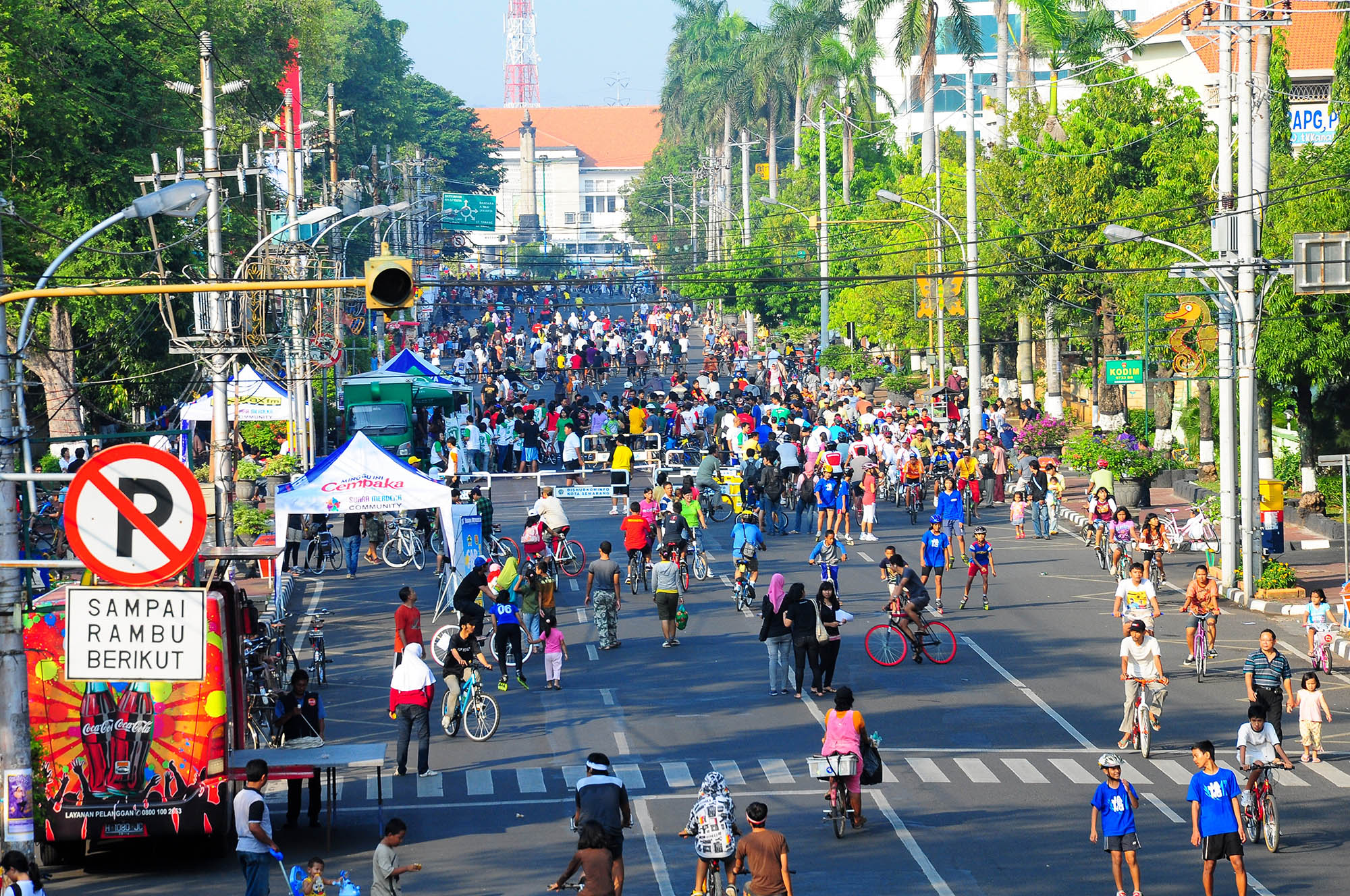
Car-free days in cities around the world were the first step towards a complete overhaul of the mobility system towards bicycle and pedestrian paths supported by public transit.
Thanks to innovative governance and ownership structures, communities shape their local environments to reflect their unique stories and specific needs. They are continuously evolving; removing rigid planning rules led to an explosion of diversity in cities. Where there were once uniform Central Business Districts, where the Earth was hidden beneath asphalt, we have now cultivated living, thriving environments. Bedrock, cacti, moss, and different types of mushrooms provide evidence of the local habitat, reminding humans of the city’s place in the world. Each district and neighborhood has a lively, unique center of its own. New landmarks combine traditional building practices with experimental technologies and materials such as timber. To celebrate heritage, we also re-use recognizable elements of demolished older buildings.
This variation in our city’s texture makes people change pace as they walk from neighborhood to neighborhood, increasing awareness of their direct environment. No longer living in the fast lane and hurrying from point A to B, people now pause, notice where they are, and engage with fellow pedestrians.

An improved balance of personal time
Today we have a healthy and dynamic balance between work and play. We find connections and opportunities everywhere, starting with the community center, the beating heart of each neighborhood. This is where we gain skills, repair our belongings, and sign up to become stewards of the local vegetable garden. Increased efficiency driven by automation has created more time for people to participate in these activities at the community center, or for leisure and personal connection to nature. It is easy to lose track of time while we are checking out a program at a neighborhood hub or pulling weeds out of a pocket garden.
A nine-to-five job is a thing of the past. We shortened the typical five-day workweek, which freed up our time and space, including unused offices that have been retrofitted into affordable housing. We think economic activities should be designed for personal development and be inclusive, and so should the benefits. While leisure time and travel used to only be possible for the lucky few, today governments subsidize paid leave for all workers. At the same time, our healthy, nature-inclusive environments and more balanced lifestyles have reduced cravings for faraway destinations. When we do travel across continents, we stay longer thanks to our more flexible work situations and a better understanding of environmental costs.
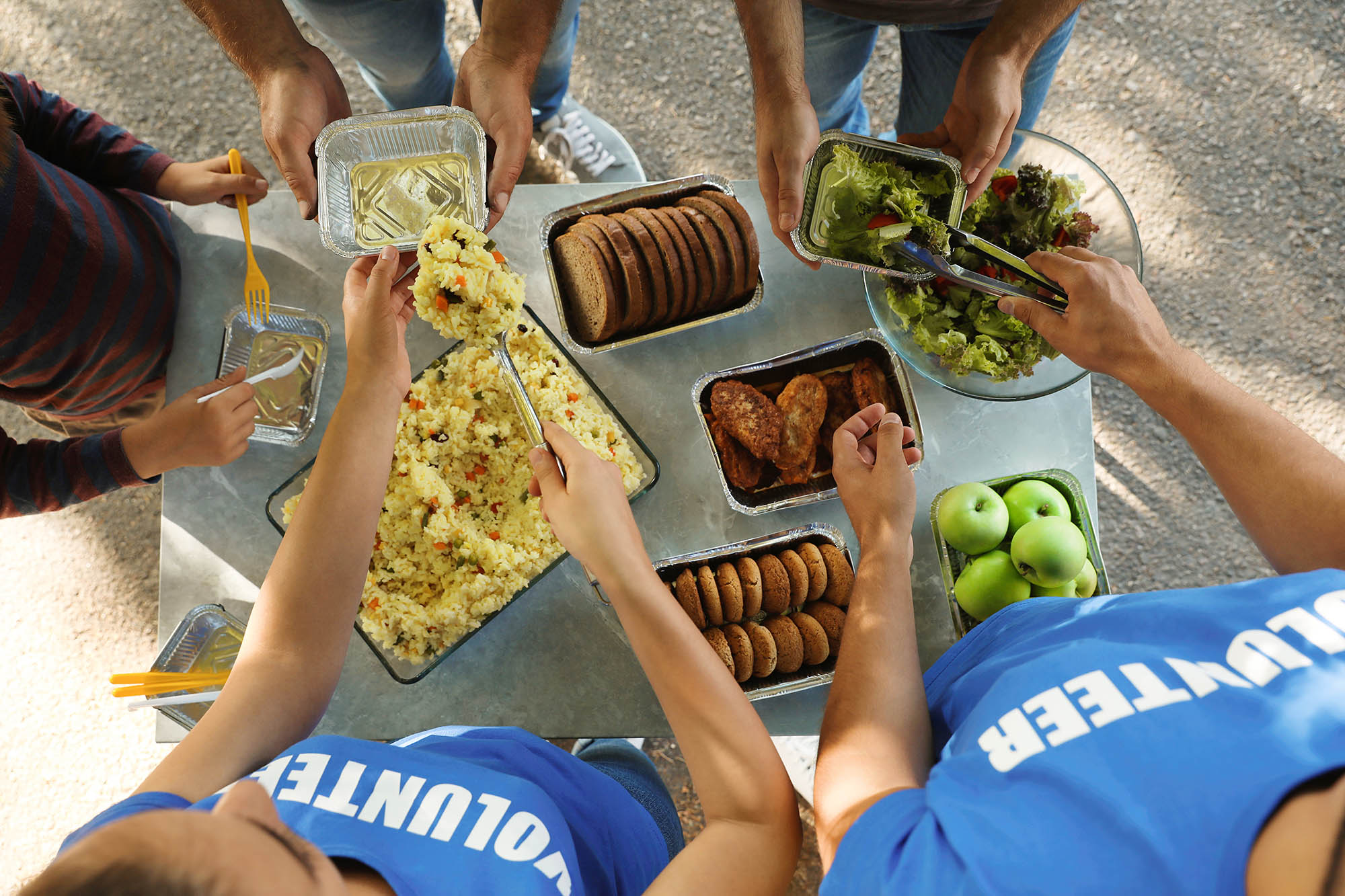
Changing the way we spend our time working and living together in our cities had to begin with how we educate and care for our children. Today, schools are exciting and engaging places that emphasize skills for a resilient future, encouraging children to cultivate a strong relationship with their surroundings through place-based education programs. Children form close connections to their food at schools and community gardens, and they grow up knowing apples come from trees, not plastic boxes. We value and stimulate curiosity and creativity through classes, like bio-art, and through apprenticeships with local businesses, such as plumbers or bakeries. In our cities, young people are flourishing. They have access to different fulfilling life pathways supported by collaborative programs between entrepreneurs, community organizations, municipalities, and universities. Learning about the intricacies of natural ecosystems by spending time with them, combined with resource education and repair skills, builds the competent and empathetic rebels we need in this world: A new generation of global citizens fit for a resilient future in the Anthropocene.
New forms of ownership
Today the models for ownership and capitalization of resources have changed. City governments support alternative models of ownership and user rights, such as cooperative models and commons' creation. Municipal governments aim to keep value and jobs tied to their local and regional commons. Water, energy sources, and even waste streams are retained within urban regions and communities, through high-value circular business models, in line with the arguments made by David Djaïz in Slow Democracy. This reduces environmental impacts and generates local jobs while preventing the privatization of these resources and ‘leakage’ of value to global multinationals.
Municipal governments actively redistributed the existing housing stock, and they now act as the gatekeepers of affordability, creating the necessary conditions for people to stay in their communities. The housing crisis of the early 2020s spurred governments to experiment. Amsterdam, for example, began to require new homeowners to live in their houses for at least five years to avoid buy-to-let ownership.
We also no longer individually own WiFi routers, laundry machines, and cars, and we instead share these utilities, services, and other necessary stuff. Our new tight-knit communities can organize and collaboratively build the social structures that are at the basis of equitable distribution of resources. Social relations are important to building thriving communities, as Marc Granovetter says in “Strength of Weak Ties.” Our social cohesion enhances resilience to crises, prevents gentrification, and has proven to be the best remedy against loneliness and its adverse health effects.
Ownership and agency over urban spaces, and the process of creating them, proved crucial to creating such successful, resilient, tight-knit communities. Today, everyone is empowered to shape their own urban environments and their own lives, based on their means, resources, cognitive and physical abilities, and of course, their desire. As a result, the city's social fabric has been reshuffled, creating a lively city center. We have let loose and brought back serendipity in doing so.
Explore more of our vision for the cities of 2050:
- The interconnected city: Imagining our urban lives in 2050
- The interconnected city: A nature-inclusive city allows species to thrive
- The interconnected city: Interconnected communities vital to healthy cities
- The interconnected city: Reconnecting to resources brought our operations within planetary boundaries
